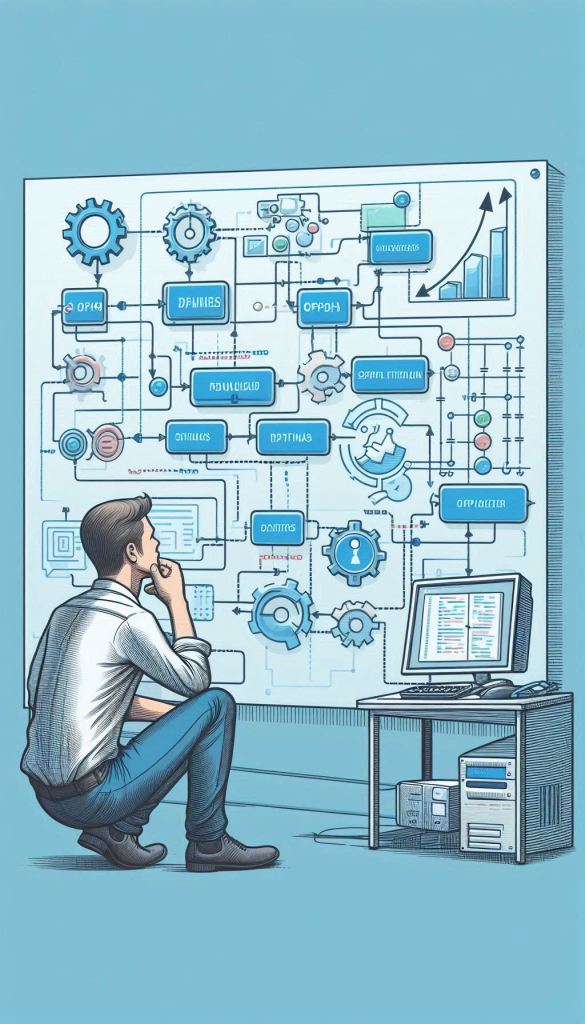
How a common “language” breaks down barriers
There are more interactions around the business as it grows. This means that people start to slip up because they use similar terms to mean different things.
- My “testing” may not be the same as your “testing” and quality may suffer as a result.
- My “estimation” may be your “T shirt sizing” and planning may be impacted.
A key goal of implementing a defined approach for an organization is to define terms that can be discussed and implemented.
In any small organization, individuals may already be using good, effective ways of working. Typically these are the techniques which they have learned in past organizations. Approaches and language tend to be different in different teams.
There will always be a balance between team autonomy and the organisational need for the team to able to communicate easily and effectively. It is critically important to get on top of the terminology used and ensure that there is enough consistency across the organization.
About processes
Informal approaches with local meanings are sufficient when we are in a small organization. However, you want to build in scalability. To manage change you need to be able to define the changes from a starting point. This means defining and agreeing some of the key processes are in your organization.
In line with ISO standards I define a “Process” as a set of activities which deliver a result. And a “process approach” as how these processes fit together.
Process: set of interrelated or interacting activities that use inputs to deliver an intended result.
ISO9001:-2015
The process approach includes establishing the organization’s processes
to operate as an integrated and complete system
If we are unsure of the processes and how they fit together, the meaning of activities will be unclear. The expectations on inputs and results will also be unclear. A process approach (or process model) is a good starting point.
- Can everyone talk about the processes with a common understanding of what they mean?
- Can we continue to improve them and communicate any changes we are making?
- In Lean terms, do we understand our value stream and how value flows through the organization?

Surprisingly often, organisations do not even know what processes they have, let alone how they work.
First steps
Where we have a process, we define three component parts:
- What are the inputs to the process? Define the physical creation (or information) which is used as the source for the process.
- What is the process itself? Define which event or events occur and how the inputs are used.
- What are the outputs for the process? Define what the process creates or modifies. Define where this is stored and in what format?
I would use this format for defining all processes that the organization uses. It is great for setting expectations. It generates clarity about what needs to be supplied (the inputs) and what people can expect to see (the outputs).

Good practices

Wherever possible, it is good to leverage good practices rather than re-inventing. And this is certainly true for process models. Creating a new process model for development is time consuming. It requires defining and training a new language and set of processes. A good starting point would be to adopt an existing process approach and modify it as needed.
As you start to build a wider process approach or model, you will see how the individual processes inter-relate. The output of one process becomes the input for another process.
For initial steps, it would be ambitious to completely define how the organization works, specifying all processes and how they inter-relate. However, it is useful to keep the principles in mind.









Leave a Reply